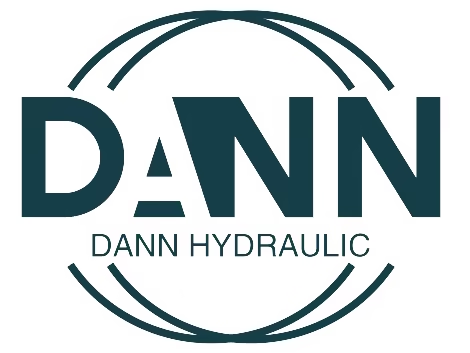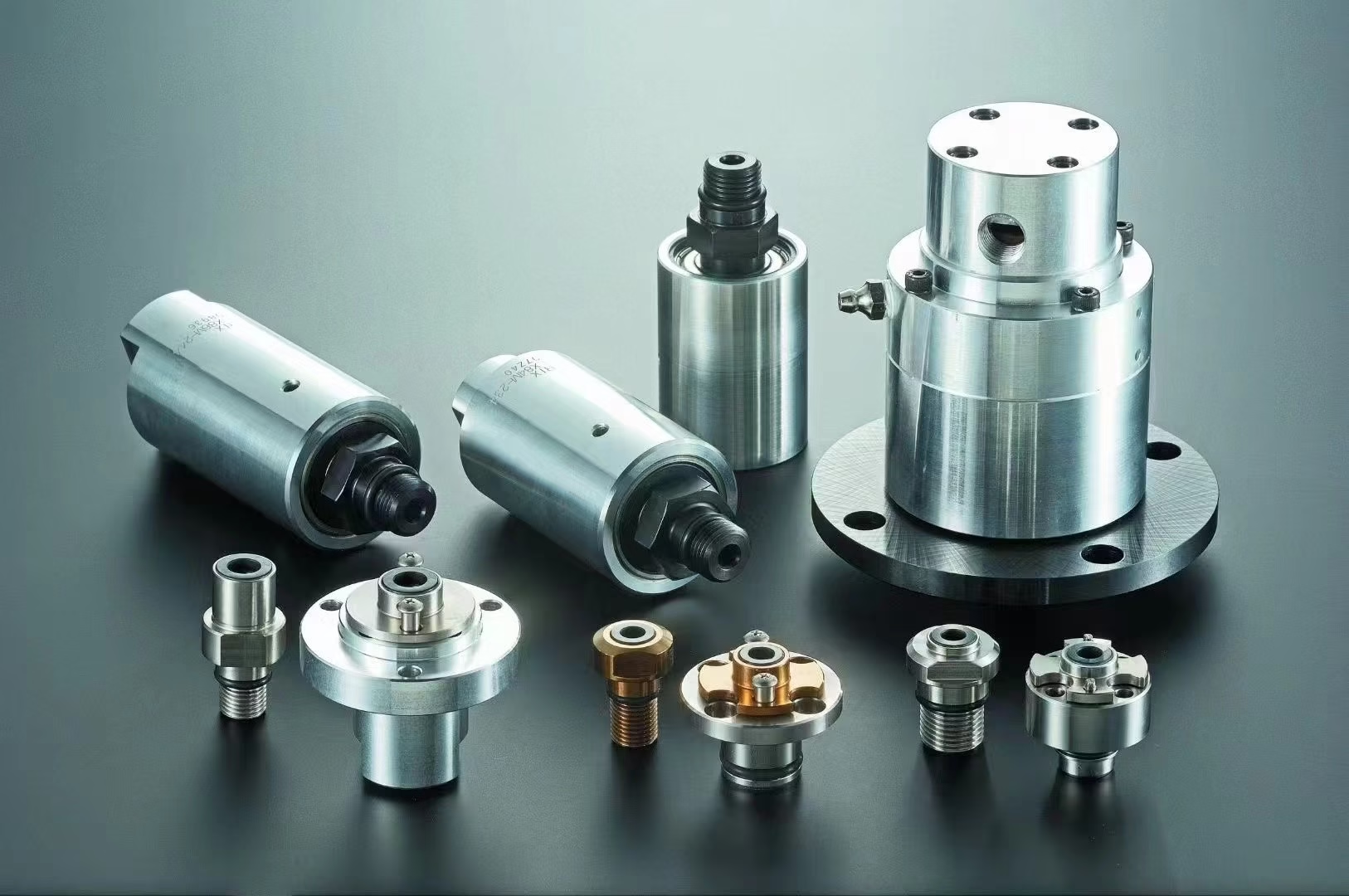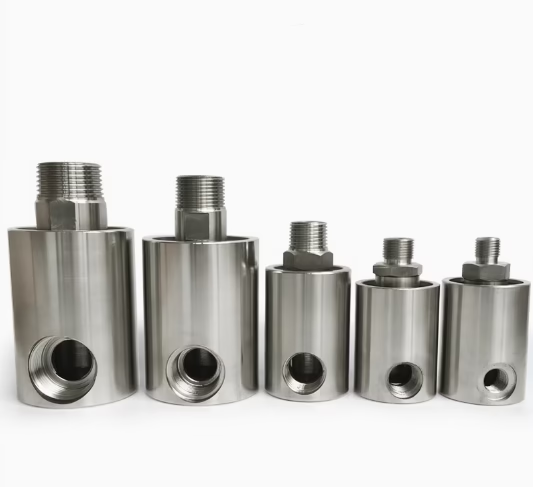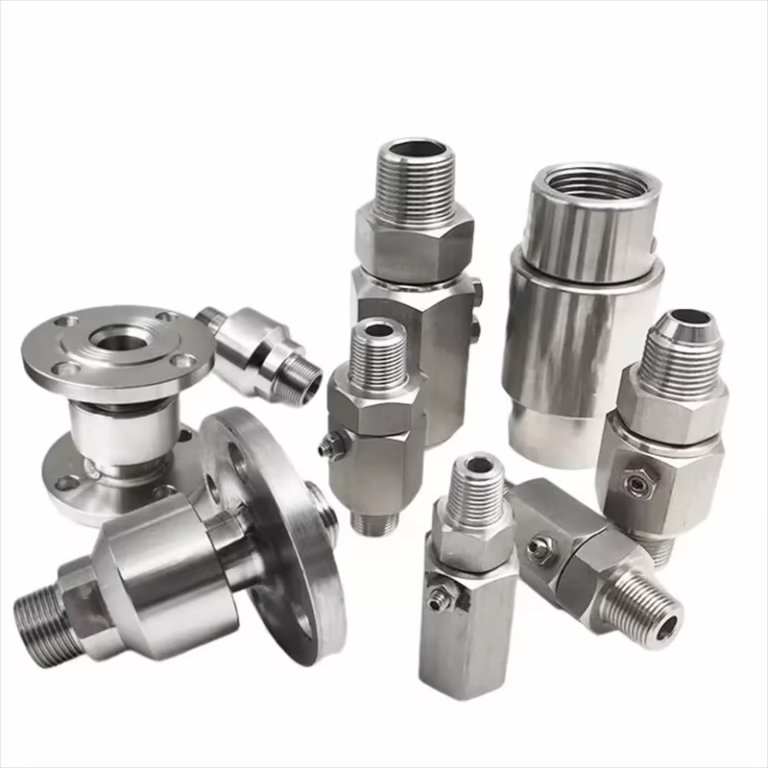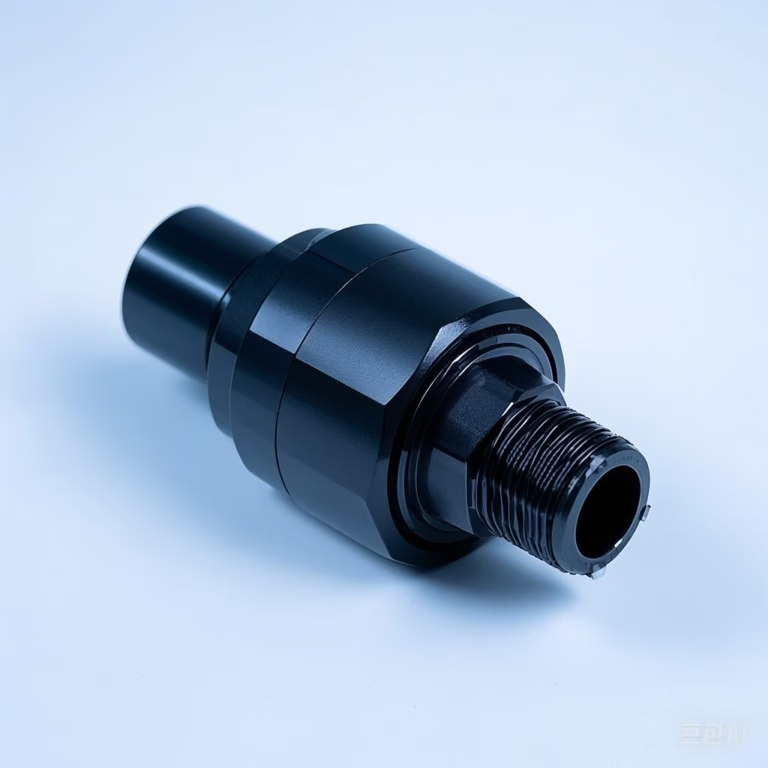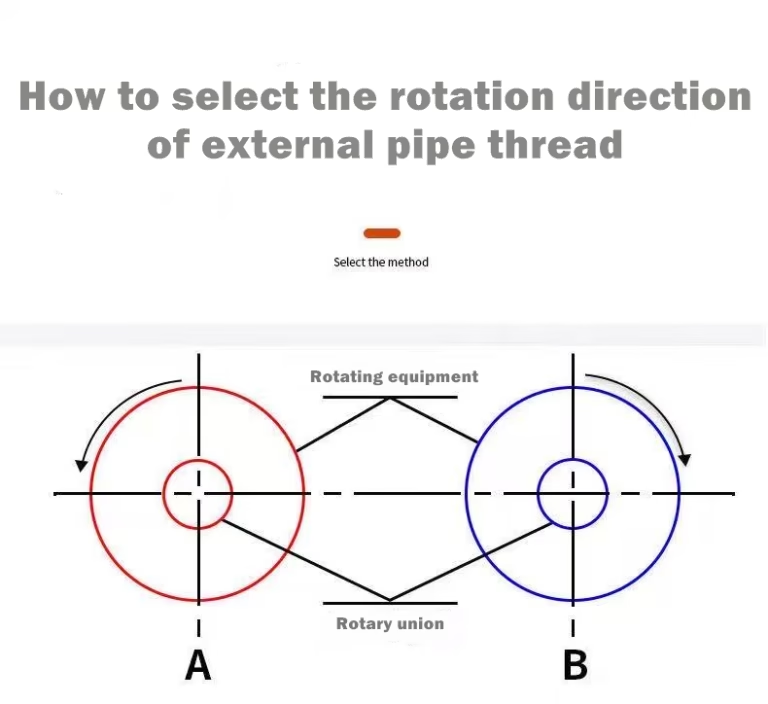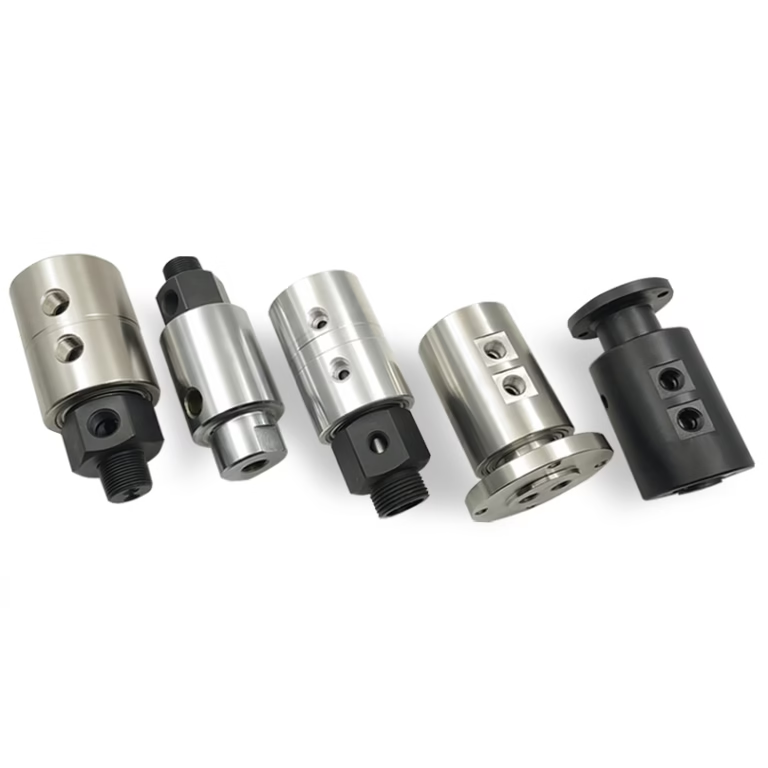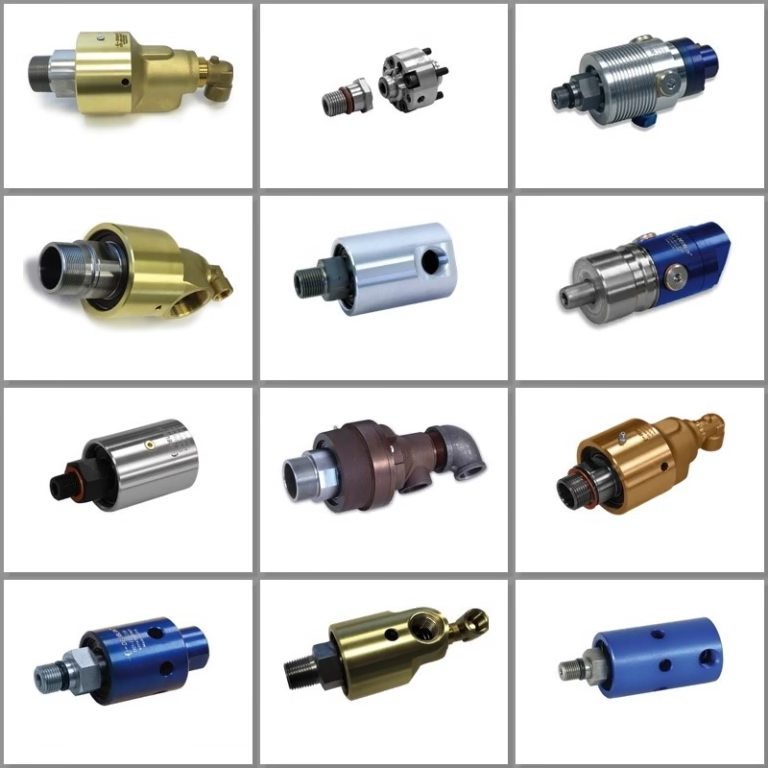Working Principle & Technical Analysis of RIX Rotary Joint in Semiconductor Industry
RIX rotary joints are crucial precision fluid transmission devices in semiconductor manufacturing. Their core function is to achieve leak-free medium transmission between rotating parts and fixed pipes, especially in key processes such as chemical mechanical polishing (CMP) and wafer cleaning. The following is an analysis of the structure, working principle, technical advantages, and typical application scenarios:
I. Working principle of RIX rotary joint in the semiconductor industry
1. Fluid transmission mechanism
RIX rotary joints use internal sealing structures to transmit fluids from fixed sources (such as pumps) to rotating parts (such as CMP polishing heads). When the device rotates, the internal rotating parts move synchronously with the spindle, while the outer shell remains stationary. Seals (such as O-rings or gap seals) maintain close contact between the dynamic ring and the static ring through spring preload or fluid pressure to prevent leakage.
2. Non-metallic material design
In response to the strict control of metal ion contamination in the semiconductor industry, the main circuit of the RIX rotary joint uses non-metallic materials (such as PEEK, PTFE) or coating treatment to minimize the dissolution of metal ions into the fluid. For example, the MFES series multi-channel rotary joint controls the amount of metal ion dissolution at an extremely low level through the non-metallic main channel design, meeting the transmission requirements of ultrapure water or chemical liquid.
3. Multi-channel and composite fluid support
Some models (such as the MFES series) support the simultaneous transmission of pure water, vacuum, air, and other fluids to meet complex process requirements. For example, in CMP equipment, the rotary joint needs to supply grinding liquid, coolant, and discharge waste liquid at the same time. The multi-channel design can simplify the pipeline layout and improve the integration of equipment.
II. Core technology advantages
1. High-precision sealing technology
Gap sealing
Sealing is achieved through extremely small gaps (micrometer level), reducing friction loss, and is suitable for high-speed rotation scenarios (such as the maximum speed of the MFES series is 200rpm).
Elastic compensation mechanism
Built-in springs or bellows compensate for the wear of the sealing surface to ensure the stability of the sealing performance under long-term use.
2. Corrosion and wear resistance
The parts in contact with the fluid are made of corrosion-resistant materials (such as Hastelloy and ceramics), which can withstand the erosion of acid and alkali chemical liquids and extend the service life.
3. Low particle generation design
The sealing surface finish is below Ra0.2μm, which reduces the particle contamination caused by friction and meets the cleanliness requirements of semiconductor manufacturing.
III. Typical application scenarios of the RIX rotary joint in the semiconductor industry
1. Chemical mechanical polishing (CMP) equipment
Function: Supply grinding fluid to the rotating polishing head and discharge waste fluid at the same time.
Technical requirements: It needs to withstand high speed (usually >100rpm) and the corrosiveness of the grinding fluid to ensure stable fluid pressure (0.1~0.6MPa).
RIX solution: The MF series rotary joint adopts a non-metallic main circuit and combines gap sealing technology to achieve leak-free transmission.
2. Wafer cleaning process
Function: Transmit pure water or chemical liquid (such as SC-1, SC-2 cleaning liquid) to the rotating cleaning brush head.
Technical requirements: It needs to support high-frequency start and stop (such as single-wafer cleaning equipment) and fast liquid discharge to avoid cross-contamination.
RIX solution: The MFC series rotary joint uses a multi-channel design to achieve fast switching between cleaning liquid and dry gas.
3. Electrochemical Deposition (ECD) and Atomic Layer Deposition (ALD)
Function: To transmit coolant or reaction gas during the deposition process and maintain process temperature stability (e.g., ALD needs to control temperature fluctuations <±1°C).
RIX Solution: L40 series rotary joints use low thermal expansion coefficient materials to reduce the impact of thermal deformation on sealing performance.
IV. Summary of selection steps
1. Determine process requirements: media type, flow, pressure, speed;
2. Select the number of channels according to the type of fluid and the transmission path.
3. Match the connection form: threaded or flange connection, considering the rotation direction of the equipment;
4. Verify material compatibility: Chemical liquids need to be tested for compatibility.
5. Confirm the sealing form: gap seal or O-ring seal;
6. Evaluate cleanliness requirements: non-metallic materials, low-particle design.
V. Future
RIX rotary joints solve the two core problems of fluid transmission in semiconductor manufacturing through non-metallic material design, high-precision sealing technology, and multi-channel integration capabilities: metal ion contamination control and leak-free transmission under high-speed rotation. Its technical advantages are directly related to the improvement of wafer yield and the stability of equipment operation, and it has become a vital component in key processes such as CMP and cleaning. As the semiconductor process node advances to 3nm and below, the low particle generation design and resistance to harsh chemical environments of RIX rotary joints will further highlight their value.
